World War I, the “war to end war,” was a messy business. Beginning in 1914 and ending in 1918, more than 8.5 million soldiers died, not only from actual combat but also from disease. Another 13 million or so civilians also perished. Many consider the conflict the first modern war (others say it was the U.S. Civil War or the Crimea War) because of new technology such as tanks, airplanes, machine guns, chemical weapons, and so much more. Yet, the pigeon — specifically the homing pigeon — was a low-tech battlefield tool.
During the war, both sides, which included the British, the French, and their allies used pigeons to communicate over great distances. Germany and its allies did the same. It wasn’t the first time armies used these six-letter birds in battle. Armies have enlisted pigeons since ancient times to send and receive messages. While pigeons hold a unique place in the history of warfare, other birds with 6 letters in their name are more benign but equally as interesting. Let’s explore four incredible six-letter birds.
Pigeon (Columbidae)
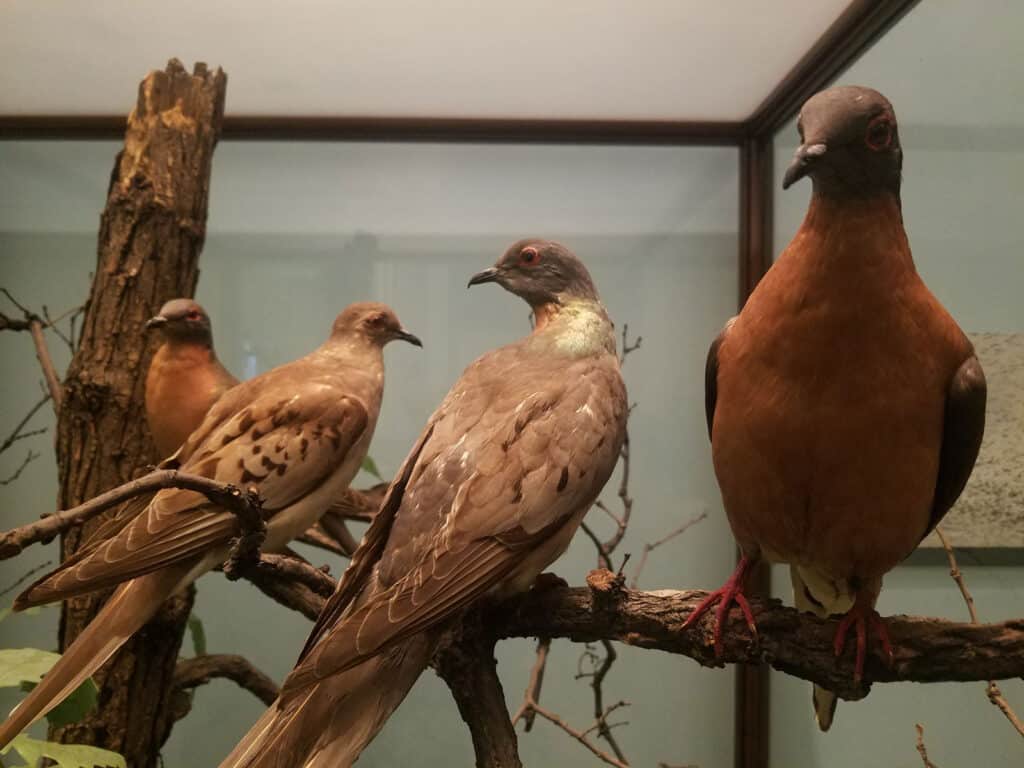
Passenger pigeons have been extinct since the early 20th century.
©ChicagoPhotographer/Shutterstock.com
Pigeons are perhaps the most obsequious birds in the world. With around 250 species, it’s easy to see why. Pigeons, whether they’re sitting on statues, pecking the ground in a park, or hanging underneath a backyard bird feeder, are chubby, stout, head-bobbing animals that mate for life.
The birds belong to the Columbidae family, which also includes doves, although doves are generally smaller. The homing pigeon is among the most interesting. Their tiny bird brains had neurons that allowed them to use Earth’s magnetic field to know which direction to fly. We say had because the birds are now extinct. At one point, there were 3 billion homing pigeons. Over time the birds became victims of all types of human activities, including hunting and deforestation.
On the other hand, the rock pigeon is very common, especially in urban areas. They spend their days on crowded streets, roosting on the edges of buildings, or looking for food that humans have tossed. The rock pigeon came to North America from Europe in the 19th century. Rock pigeons are mostly colored blue and gray.
Falcon (Falconidae)
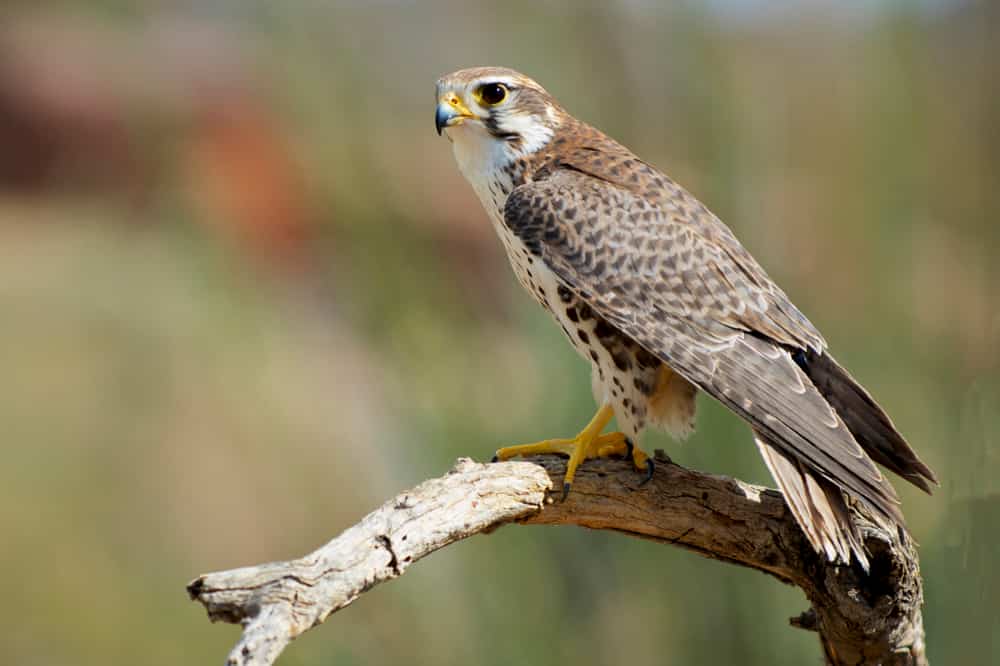
Falcons, like this prairie falcon, comprise the Falconidae family.
©Danita Delimont/Shutterstock.com
Falcons are predators, and like pigeons, you can find them almost anywhere. Falcons, as well as hawks, belong to the family Falconidae. These birds can be as small as 6 inches, or as large as the gyrfalcon, which can top two feet. Female falcons are generally larger than males, although both will make their nests in the holes of trees or the edge of cliffs.
Since falcons are predators, some species will catch their dinner in midflight, or dive bomb to nab mice, lizards, and other small animals on the ground. Some, like pygmy falcons, will chow on insects, while others, like the cuckoo falcon, hunt when the sun begins to set.
Osprey (Pandionidae)

Ospreys feed themselves by diving into water to claim fish as meals.
©Gregory Johnston/Shutterstock.com
The osprey is a raptor that has an uncanny ability to dive under the water for its food. Mostly seen along the coast and other waterways, ospreys will migrate some 160,000 miles during their lives, which can span two decades. In 2008, for example, one flew from Martha’s Vineyard in Massachusetts to the northern South American country of French Guiana, some 2,700 miles away.
Ospreys are a type of hawk, but unlike most hawks, they have an inside-out toe that makes it easy to hang on to things. Because of this evolutionary trait, osprey are great fishermen. Some studies suggest they can catch fish on 25 percent of their dives, although some have a 70 percent catch rate. If they decide to hunt, ospreys can hook a fish within 12 minutes. still, they only dive 3 feet under the water’s surface. Ospreys build their nests no more than 12 miles from a source of food.
Condor (Cathartidae)
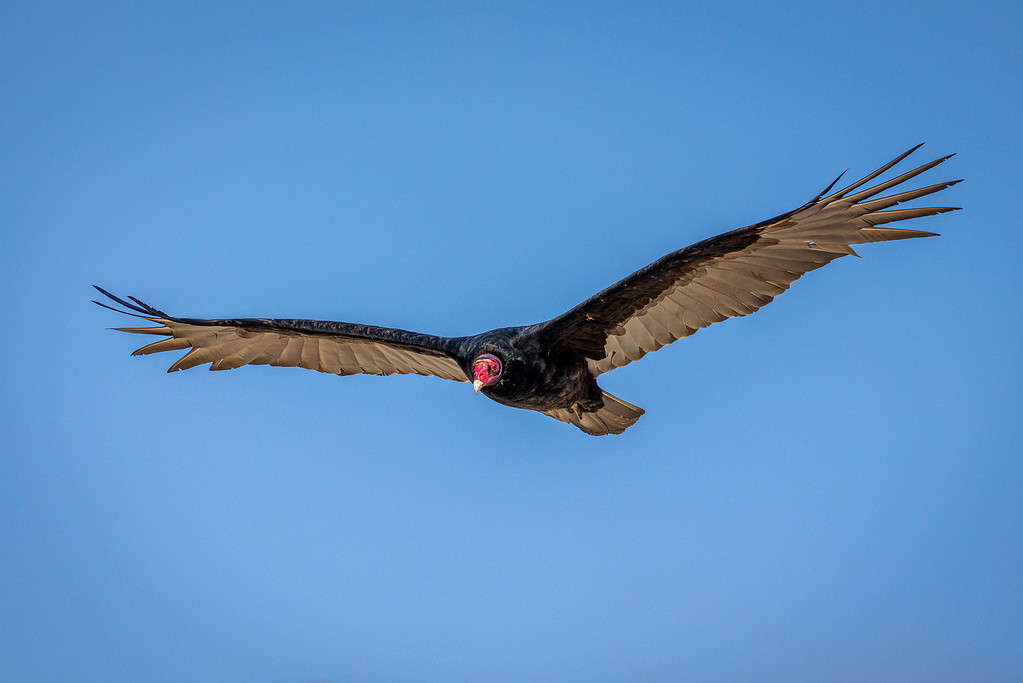
California condors are critically endangered, having once become extinct in the wild.
©Henk Hulshof/iStock via Getty Images
Condors are one of the largest birds and a survivor of Earth’s prehistoric past. The condor feeds on dead animals and lives in open areas where the hills are craggy and rock-strewn. One — the California condor — was once on the road to extinction. Hunting, as well as the poisoning of their environment as well as other factors, decimated the population to only 60 birds in the mid-1960s and 25 by 1982. The steep decline forced scientists to take drastic action. They captured all the remaining condors and bred them.
The experiment worked. In the 1990s, scientists reintroduced the birds back into the wild. According to the U.S. Fish & Wildlife Service, there are now about 347 California condors living in their natural habitat and 214 still in zoos.
More Incredible 6-letter Birds

Plover
©Agami Photo Agency/Shutterstock.com
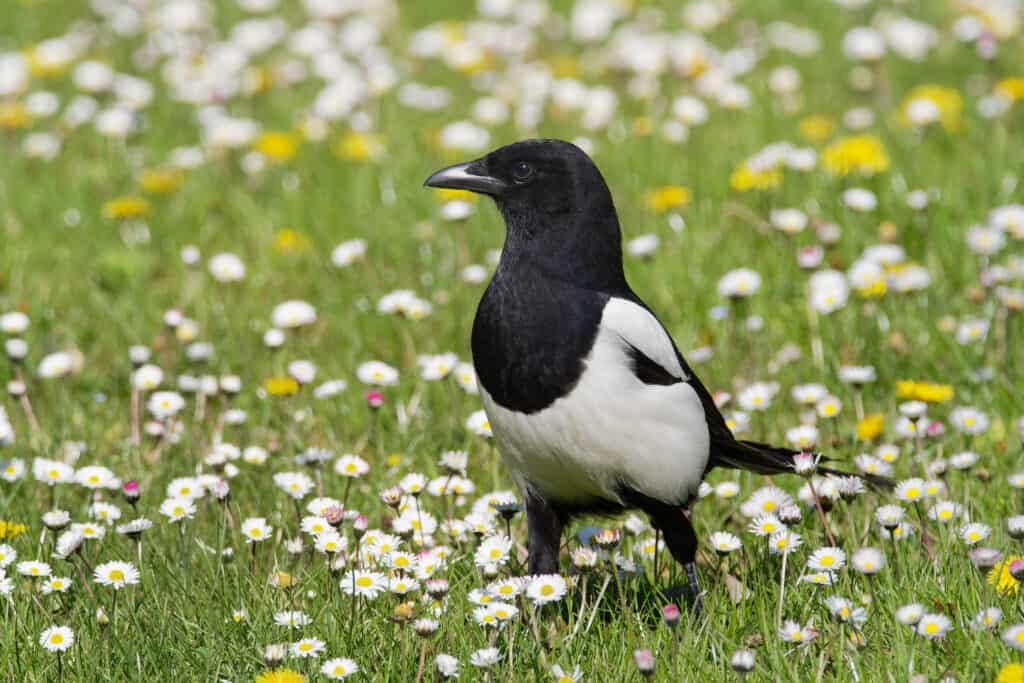
Magpie
©Michal Pesata/Shutterstock.com
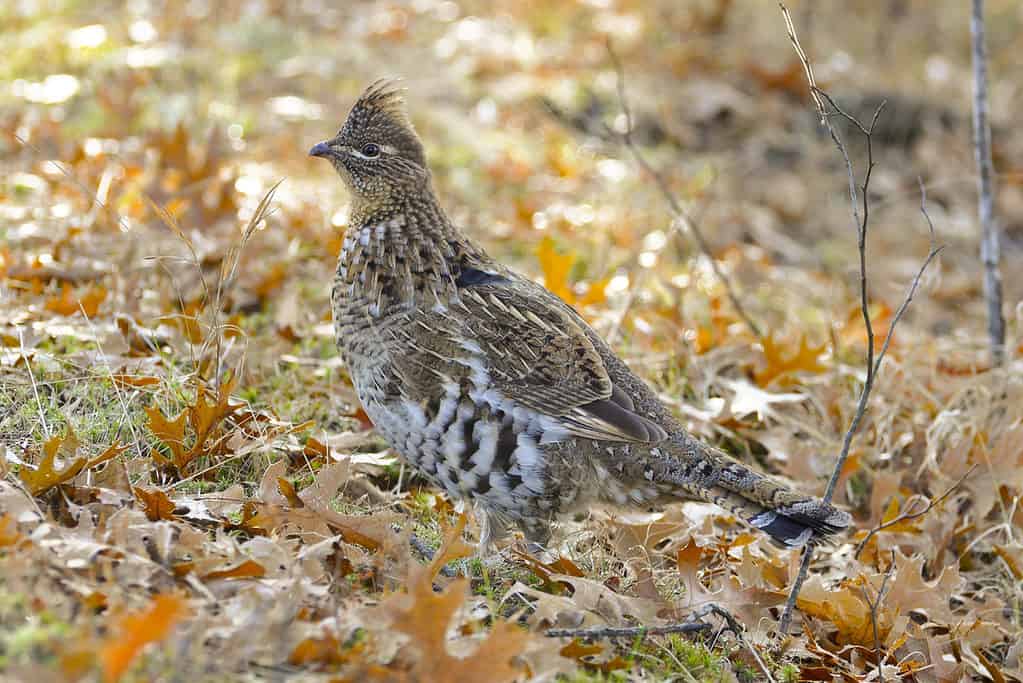
Grouse
©iStock.com/SteveOehlenschlager
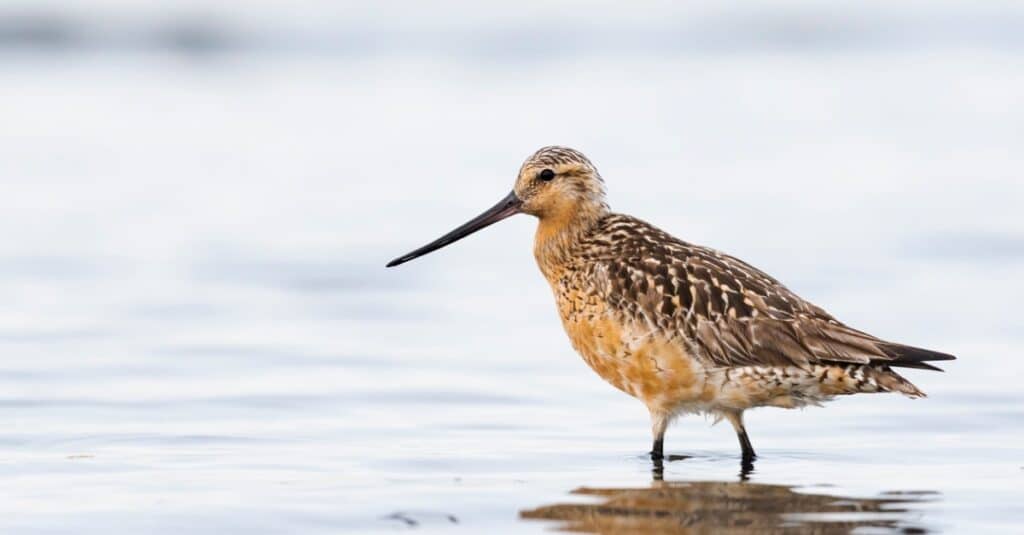
Godwit
©iStock.com/rockptarmigan

Jacana
©Ondrej Prosicky/Shutterstock.com

Cuckoo
©ThulungPhoto.com/Shutterstock.com
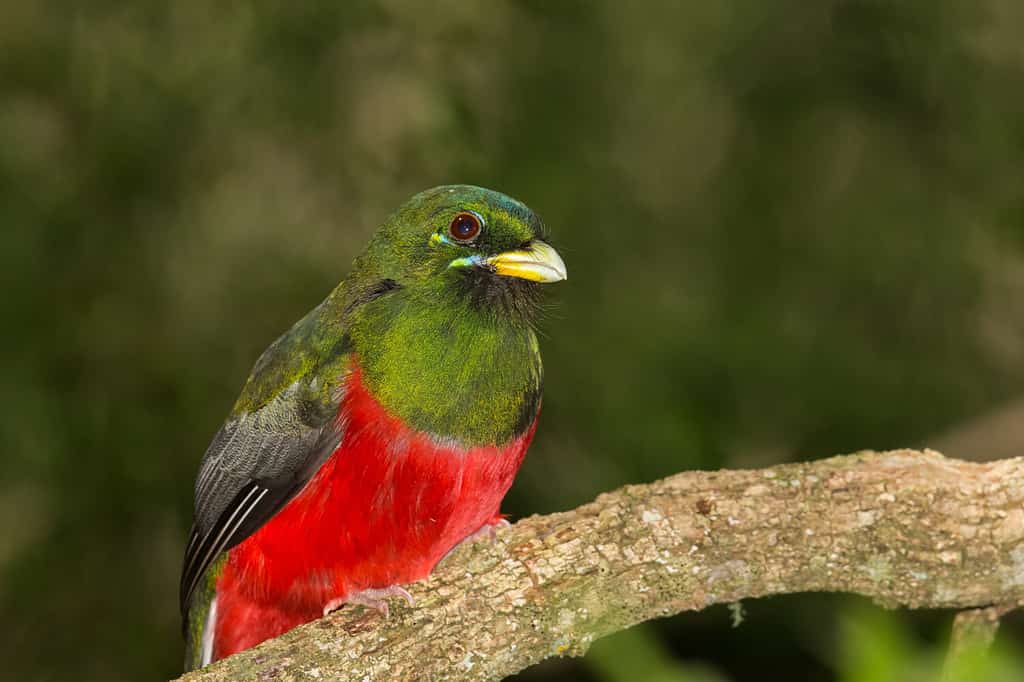
Trogon
©Andrew M. Allport/Shutterstock.com
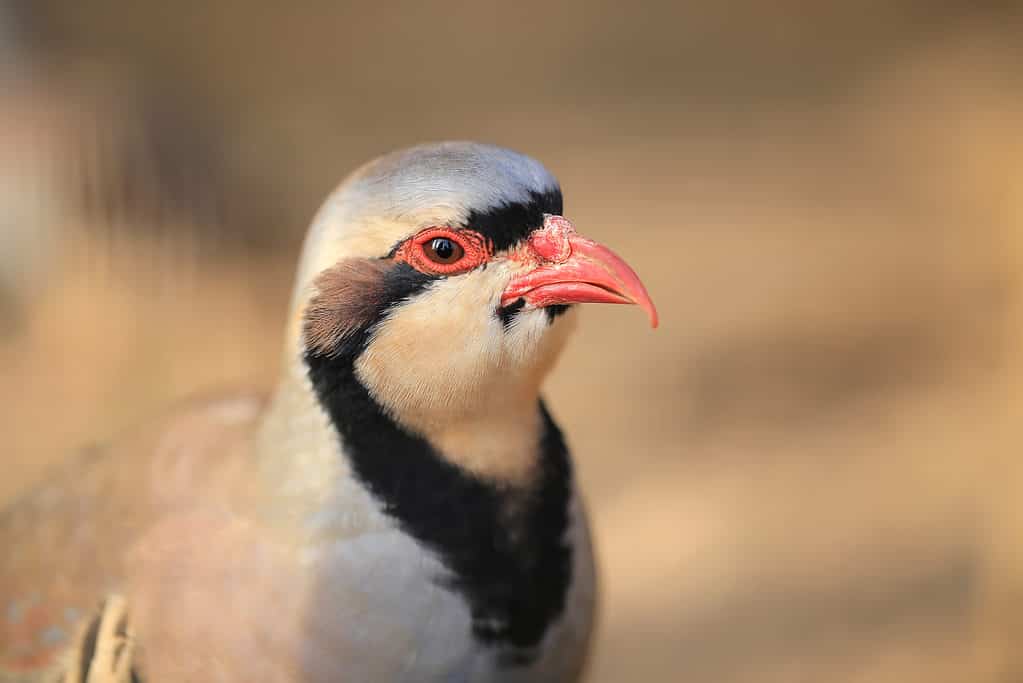
Chukar
©Victor Prymachenko/Shutterstock.com
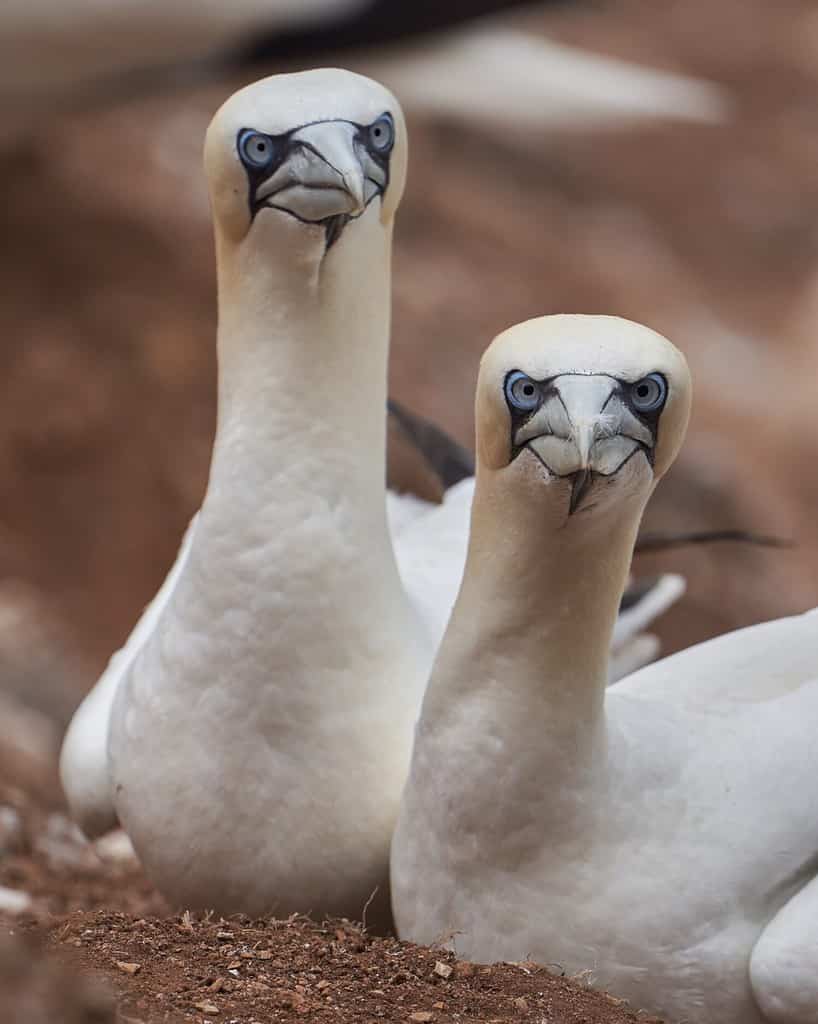
Gannet
©Will Hall/Shutterstock.com
The photo featured at the top of this post is © Wirestock Creators/Shutterstock.com
Thank you for reading! Have some feedback for us? Contact the AZ Animals editorial team.






